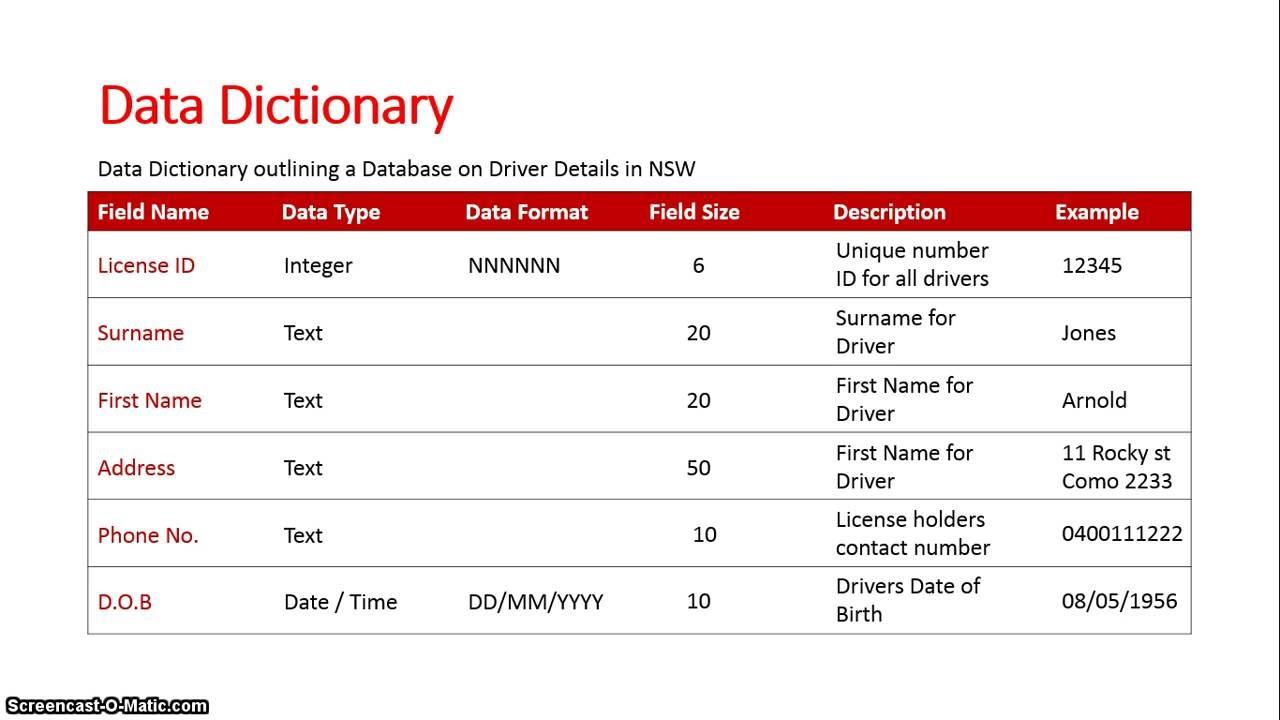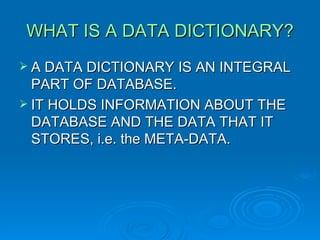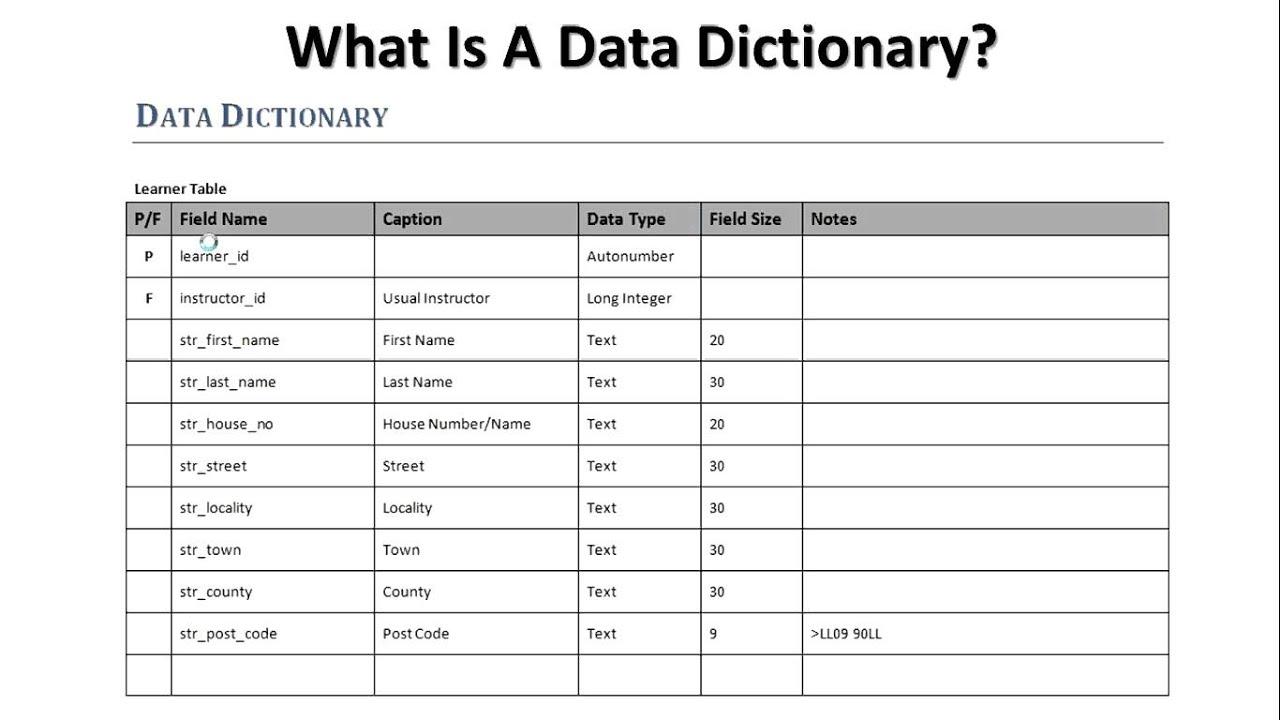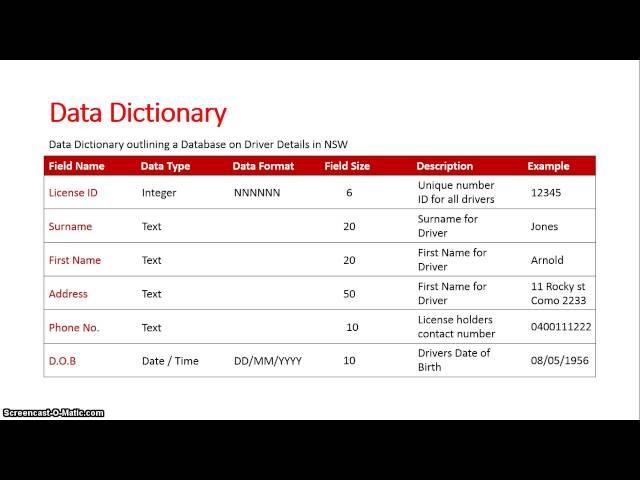In the fast-paced world of logistics, transport, and shipping, accurate data management is crucial for smooth operations. From tracking shipments to coordinating delivery schedules, a well-maintained data dictionary serves as the backbone of efficient supply chain management. Let’s delve into the intricate web of information that powers the movement of goods across the globe.
Key Components of a Comprehensive Data Dictionary for Logistics
:
One essential component of a data dictionary for logistics is data tables. These tables provide a structured way to organize and store data related to shipments, inventory, and transportation routes. By defining the fields within each table, such as item name, quantity, destination, and delivery date, logistics professionals can easily access and manipulate the data they need to optimize their operations.
Another key component is data relationships, which outline how different tables are linked together. For example, a shipment table may be related to a carrier table through a unique carrier ID field. Establishing these relationships allows for more complex queries and analysis, ultimately leading to improved decision-making in logistics management. By clearly defining these relationships in the data dictionary, logistics teams can ensure that their data is accurate, consistent, and reliable.
| Component | Description |
|---|---|
| Data Tables | Organize and store data related to shipments, inventory, and transportation routes. |
| Data Relationships | Outline how different tables are linked together for more complex queries and analysis. |

Understanding the Role of Data Dictionary in Streamlining Transport Operations
Data dictionaries play a crucial role in streamlining transport operations by providing a comprehensive and standardized reference for all data elements used within the logistics, transport, and shipping industry. By defining and organizing all relevant data points in a structured manner, a data dictionary allows for improved communication, consistency, and efficiency in data management processes. This centralized repository of data definitions helps ensure that all stakeholders in the transport ecosystem are on the same page, reducing the risk of misinterpretation or errors.
With the use of a data dictionary, transport companies can enhance data quality, accuracy, and integrity, leading to better decision-making, resource optimization, and overall operational performance. By documenting data elements such as shipment details, tracking information, carrier preferences, and regulatory requirements, organizations can improve data governance practices and compliance with industry standards. Ultimately, a well-maintained data dictionary acts as a valuable tool for enhancing collaboration, transparency, and productivity in the dynamic world of transport logistics.

Utilizing Data Dictionary to Enhance Efficiency in Shipping Management
In the world of shipping management, efficiency is key. One tool that can greatly enhance efficiency in this field is the use of a data dictionary. By creating a centralized repository of data definitions, relationships, and metadata, shipping companies can streamline processes, improve communication, and ensure data accuracy.
With a well-organized data dictionary in place, logistics teams can easily access important information about shipments, carriers, routes, and more. This not only speeds up decision-making processes but also helps prevent errors and delays. Additionally, by standardizing data definitions across different systems and departments, companies can improve data quality and promote a more cohesive approach to shipping management.

Best Practices for Implementing a Data Dictionary in the Logistics Industry
In the fast-paced world of logistics, having a well-implemented data dictionary can make all the difference in streamlining operations and ensuring efficiency across the board. By following best practices, companies in the logistics industry can maximize the benefits of a data dictionary and avoid common pitfalls.
Some key include:
- Collaboration: Involve all relevant stakeholders in the creation and maintenance of the data dictionary to ensure that it accurately reflects the needs and processes of the entire organization.
- Standardization: Establish clear guidelines and standards for data definitions and usage to promote consistency and accuracy throughout the organization.
- Documentation: Document all data elements, definitions, relationships, and usage guidelines in a clear and easily accessible format to facilitate understanding and usage.
Closing Remarks
In conclusion, a well-curated data dictionary is vital for the smooth operation of logistics, transport, and shipping services. By clearly defining and standardizing the data used in these sectors, companies can improve efficiency, accuracy, and overall performance. With the right tools and processes in place, organizations can navigate the complex world of transportation with ease and precision. So, next time you embark on a logistics journey, remember that a well-organized data dictionary is your key to success. Happy shipping!
